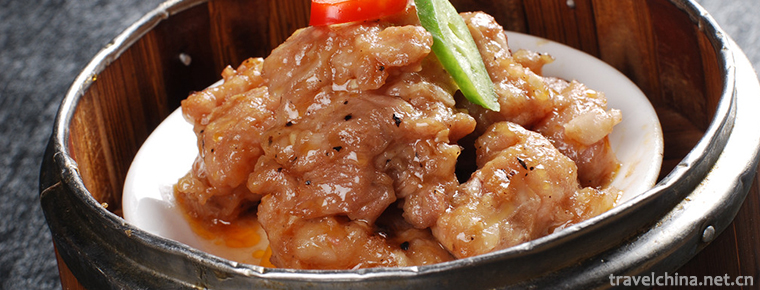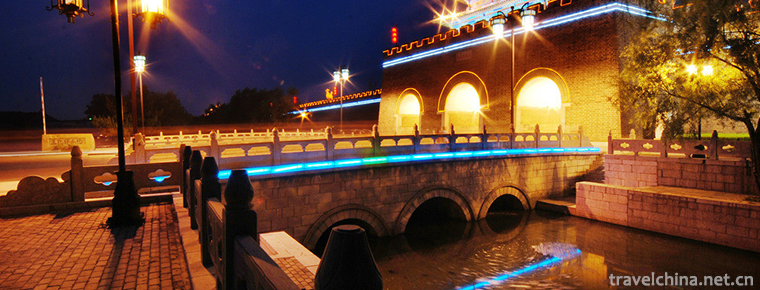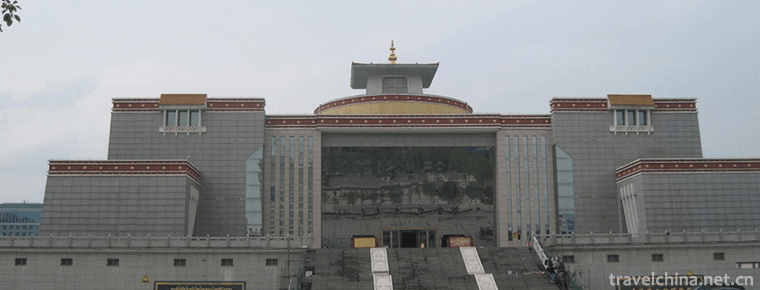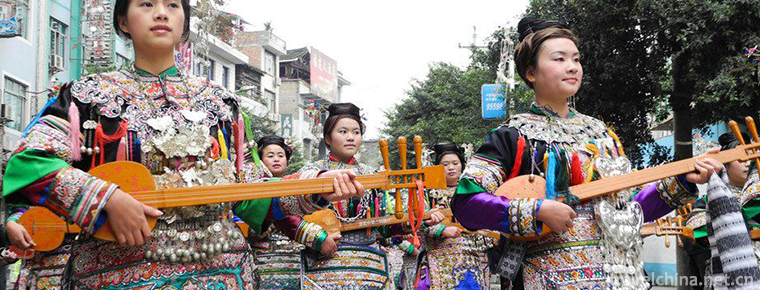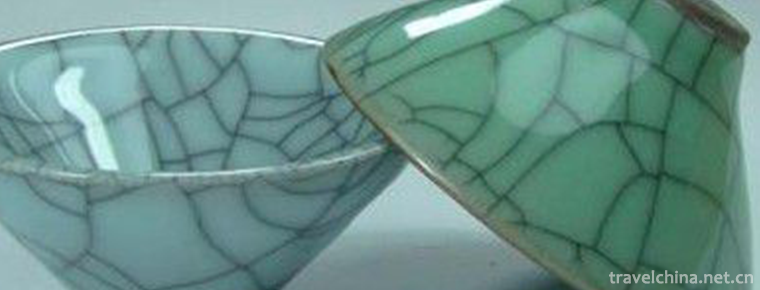High bar technology
High bar technology
High-pole boat acrobatics is a traditional folk acrobatics project which simulates silkworm babies'silk spinning as cocoon action performed at the sacrificial ceremony of Silkworm God in Zhejiang Province.
On May 23, 2011, Tongxiang City of Zhejiang Province declared that the "high-pole boat technology" was approved by the State Council and listed in the third batch of national intangible cultural heritage list.
historical origin
High-pole boat acrobatics originated in the late Ming and early Qing Dynasty, and flourished in the late Qing Dynasty and the Republic of China. The performance time is the Silkworm Flower Water Festival around the Qingming Festival every year. It is performed on the water near Shuangmiaozhu, Fudun Bridge and Hanshan in Tongxiang Qinghe Village. The high-pole boat is tied up side by side by two agricultural wooden boats, and the surface of the boat is covered with wooden boards; "pole" is a long shoot bamboo with a pole base of stone mortar, and is erected with three thicker bamboos tied into triangular support. The performance uses human gravity, natural flexibility and toughness of bamboo, so that the natural bending of the upper end of bamboo is 90 degrees parallel to the water surface, forming a performance area similar to the horizontal bar. The flat bamboo also skillfully leads the performer's landing place out of the hull and puts him on the surface of the water, forming a very ingenious safety guarantee.
Form of performance
Gao Gan boat skill is a traditional folk acrobatics project with the characteristics of both water and silkworm villages in Tongxiang City. It is spread in Qingshi and Yongxiu areas of Tongxiang City and performed in the annual "Shuangmiaozhu Silkworm Flower Victory Meeting".
"Man overturns on poles, poles stand on ships and boats travel in rivers" is the greatest feature of high pole boat technology. The project takes a long bamboo with slight bamboo as the main pole of the performance. A stone mortar is placed in the boat as the pole base, and three thicker bamboos are tied into triangular brackets. The boat is tied up side by side by two farm wooden boats, with wooden boards on the surface of the boat, forming a water stage with unique water style.
Inheritance status
Luo Huawen, the fifth generation of Tongxiang high-pole boat technology. Luo Hua-wen is like a gymnast, making various fancy movements on the top of the pole, such as monkeys looking at the moon, pigeons turning over, upside down dragonflies, one-arm hanging... Every time Luo changed his movements, tourists'cameras flashed and applause rose and fell from crowd to crowd.
"How dangerous! How exciting! Visitors burst into the wok. Zhou Xu in Luzhou, Sichuan Province, took a Pufan to keep out the scorching sun and was very devoted to it. "I've been to many places and seen a lot of juggling shows, but it's the first time I've seen such a thrilling high-pole boat show. While watching the performance and listening to the guide's folk stories about the origin of the high-pole boat, it can make people particularly impressive and refreshing by combining the performance with traditional culture. High-pole boat, commonly known as "silkworm flower boat", is a boat used by silkworm farmers to pray for silkworm cocoon harvest. This activity began in the reign of Qianlong in the Qing Dynasty. Every year in the Qing and Ming Dynasties, villagers perform various difficult movements on high poles in turn: pole tip upside down, hands off poles, lying on one's own pole, flying around in the air... They all imitate the process of silkworm babies going up the hill, spinning silk and making cocoons. Since Donggai Scenic Area resumed this performance, it has been loved by tourists because of its strong ornamental, water and silkworm characteristics.
The 15-minute performance was too much for tourists to see. Although the performance was exciting and exciting, it was very difficult and dangerous because there were no protective measures. In order to keep the bending part of the bamboo on the side of the river, he and another master Jin were responsible for stabilizing the direction of the bamboo. "In this way, even if an accident happens and falls into the water, the injury will not be too serious."
"Has the performance finished yet?" "When is the next performance?" Later tourists couldn't help asking. "There's another one at 2:30 p.m." Luo answered as he packed his things, "As long as the weather permits, there are two performances in the scenic area every morning and afternoon." Although it's only half a year since the official performance, Luo has already accumulated a large number of fans and is a little famous "star" figure in the scenic area.
Don't look at the superficial scenery, but in order to practice this program, Luo Hua-wen said as he spread out his hands, "Look at the old cocoon on my hand, it has been knotted back and forth several times before, and now it is thick and bright again."
Wuzhen Tourist Company, the relevant person in charge told reporters that the high-rod boat is an established performance project in Donggai Scenic Area, but with the older generation of performers getting older, the situation that no one succeeds has been highlighted as early as a few years ago. For this reason, since 2009, the scenic spot has selected several employees from the company to follow Tao Xinwei, the fourth generation successor of the high-pole boat. "On the one hand, it is for the performance to continue, on the other hand, it is also for the hope of preserving this traditional art."
All the friends who studied art together gave up for various reasons. Only Luo Hua-wen persisted in the end. It's no exaggeration to say that the 21-year-old Chongqing boy with dark skin and thick physiognomy is the only person in Wuzhen who has mastered the skills of high-pole boats and still insists on performing.
Inheritance and protection
The State Council approved 191 national intangible cultural heritage lists and 164 national intangible cultural heritage expansion lists, which were determined by the Ministry of Culture. High-pole boating skills were included in traditional sports, recreation and acrobatics.
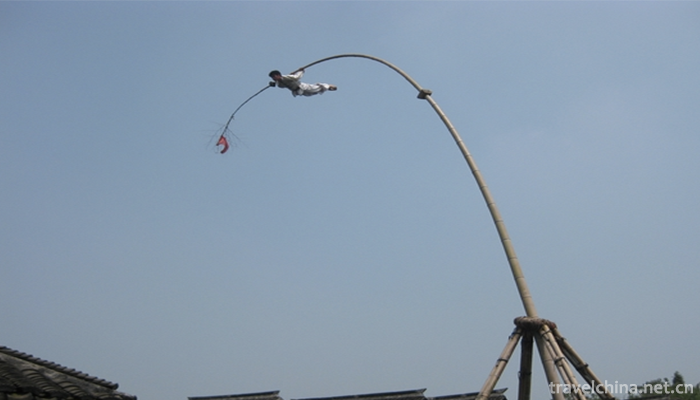
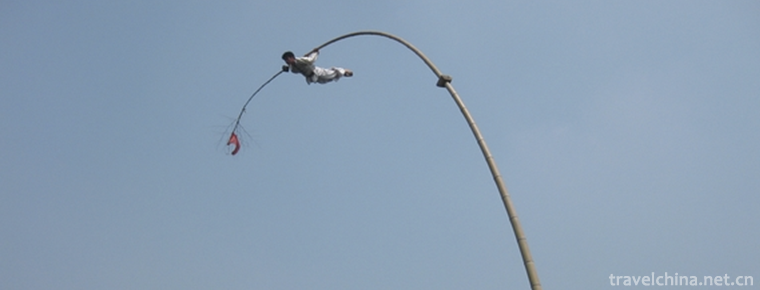
High bar technology
-
Shika Snow Mountain
Sheka snow mountain scenic area is located in the southwest of Jian Tang town in Shangri-La County
Views: 206 Time 2018-10-19 -
Black bean steamed pork ribs
Steamed pork ribs with lobster sauce is a traditional dish with color, aroma and taste. It belongs to Guangdong cuisine department. Cut the chopped pork ribs and add the marinade
Views: 281 Time 2018-11-02 -
Jiaohe ruins
Jiaohe Old Town is the oldest and most well-preserved native building city in the world. It is also the most complete urban relic preserved in China for more than two thousand years
Views: 153 Time 2018-12-22 -
Sankong Tourist Area in the Old City of the Ming Dynasty
Qufuming Old City Tourist Area in Jining: World Cultural Heritage, one of the three holy cities in the world, national AAAAA-level tourist attractions, National Scenic spots
Views: 275 Time 2019-02-07 -
Qinghai Tibetan Medicine Culture Museum
Qinghai Tibetan Medicine and Culture Museum was built in 2006, with a total construction area of 12,000 square meters. It is the only comprehensive museum reflecting
Views: 197 Time 2019-02-07 -
Sama Festival of Dong Nationality
Sama Festival of Dong Nationality is spread in Rongjiang County, Liping County, Congjiang County and the surrounding areas of Dong Nationality in Guizhou Province
Views: 121 Time 2019-04-28 -
Ping Ju Opera
Opera commentary is a kind of opera which is spread in the north of China. It is one of the most popular operas among the people and ranks among the five major Chinese operas. Some people once thought
Views: 157 Time 2019-06-09 -
Firing Techniques of Wuzhou Kiln Ceramics
The traditional firing technique of Wuzhou kiln is a local traditional handicraft technique in Zhejiang Province. Wuzhou kiln is located in Tiedian Village, Langya Township, Jinhua City. Jinhua was na
Views: 138 Time 2019-06-30 -
Chongzhou jiulonggou scenic spot
Chongzhou jiulonggou scenic spot is located in Sanlang Town, Chongzhou City, with an area of more than 170 square kilometers and 76 kilometers away from Chengdu City. Jiulonggou is known as "Dragon Palace on earth".
Views: 341 Time 2020-11-05 -
Population and nationality of Suining
At the end of 2019, the total number of household registration in Suining was 1 million 380 thousand, and the household registration population was 3 million 629 thousand, a decrease of 0.7% over the previous year, of which 1 million 4 thousand and 900
Views: 144 Time 2020-12-16 -
Neijiang in yuan Ming and Qing Dynasties
In 1279, China was unified and the Yuan Empire was established. After more than 30 years of war between the end of Song Dynasty and the beginning of Yuan Dynasty, the system of Zizhou and Puzhou has not been restored except Jianzhou. In the 22nd
Views: 292 Time 2020-12-16 -
Nanchong medical and health
By the end of 2019, Nanchong has 8457 medical and health institutions (including village clinics), including 166 hospitals and 8250 primary medical and health institutions. The number of beds in medical and health institutions was 43726, an increase of 4.9% over 2018
Views: 331 Time 2020-12-17

